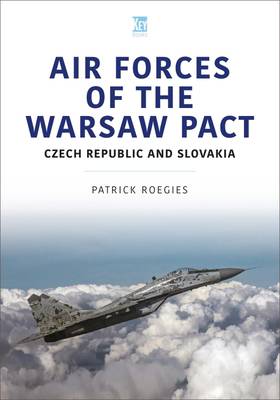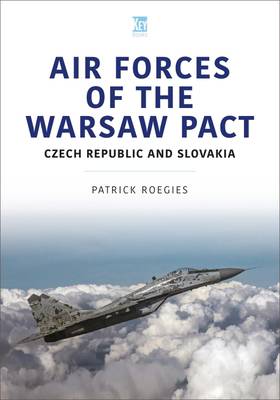
- Afhalen na 1 uur in een winkel met voorraad
- Gratis thuislevering in België vanaf € 30
- Ruim aanbod met 7 miljoen producten
- Afhalen na 1 uur in een winkel met voorraad
- Gratis thuislevering in België vanaf € 30
- Ruim aanbod met 7 miljoen producten
Zoeken
€ 34,95
+ 69 punten
Uitvoering
Omschrijving
Formally known as the Treaty of Friendship, Cooperation and Mutual Assistance, the Warsaw Pact was created on 14 May 1955, immediately after the accession of West Germany to the Alliance. It complemented the Council for Mutual Economic Assistance, which was the regional economic organization set up by the Soviet Union in January 1949 for the communist states of Central and Eastern Europe. The Warsaw Pact embodied what was referred to as the Eastern bloc, while NATO and its member countries represented the Western bloc. NATO and the Warsaw Pact were ideologically opposed and, over time, built up their own defenses starting an arms race that lasted throughout the Cold War. This is the latest in a series of books focusing on the former Warsaw Pact nations after the fall of the Soviet Union and Warsaw Pact. Most of the nations had extensive inventories of former Soviet-manufactured aircraft. A number of them were quick to join NATO and adapt their strategies and tactics to NATO standards. This book focusses on Czech Republic and Slovakia.
Specificaties
Betrokkenen
- Auteur(s):
- Uitgeverij:
Inhoud
- Aantal bladzijden:
- 96
- Taal:
- Engels
- Reeks:
Eigenschappen
- Productcode (EAN):
- 9781802824889
- Verschijningsdatum:
- 1/04/2026
- Uitvoering:
- Paperback
- Formaat:
- Trade paperback (VS)
- Afmetingen:
- 170 mm x 243 mm

Alleen bij Standaard Boekhandel
+ 69 punten op je klantenkaart van Standaard Boekhandel
Beoordelingen
We publiceren alleen reviews die voldoen aan de voorwaarden voor reviews. Bekijk onze voorwaarden voor reviews.











